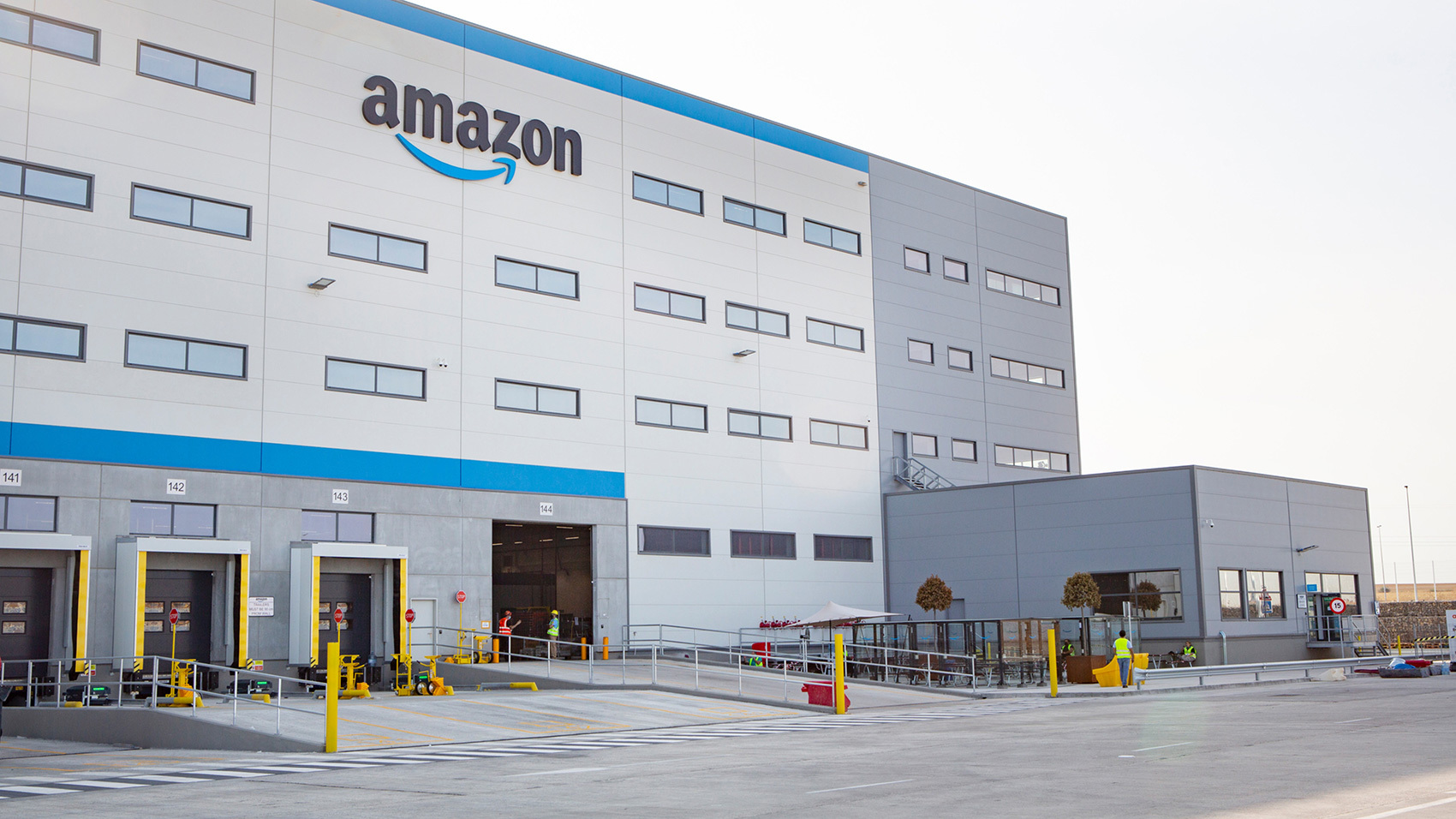operational integrity.
This article explores key strategies for risk management to fortify supply chains against unforeseen challenges and enhance overall business sustainability.
Understanding Supply Chain Resilience
Supply chain resilience refers to an organization’s ability to prepare for, respond to, and recover from disruptions with minimal impact on operations. A resilient supply chain does not merely react to risks but proactively mitigates them by leveraging predictive analytics, diversification, and agile strategies.
Key Strategies for Risk Management in Supply Chains
1. Risk Identification and Assessment
A proactive risk management approach begins with identifying vulnerabilities within the supply chain. This involves:
- Conducting comprehensive risk assessments to pinpoint potential disruptions.
- Categorizing risks into operational, strategic, financial, and external risks.
- Utilizing predictive analytics and AI-driven tools to forecast disruptions before they happen.
2. Supplier Diversification
Over-reliance on a single supplier or region can leave businesses vulnerable to disruptions. To mitigate this risk:
- Develop a multi-supplier strategy to ensure backup sources in different geographic locations.
- Establish relationships with local and regional suppliers to reduce dependency on distant suppliers.
- Conduct regular audits and performance assessments to ensure supplier reliability.
3. Strengthening Digital Supply Chain Capabilities
Digital transformation enhances supply chain visibility and responsiveness. Key technologies include:
- Blockchain: Enhances transparency, traceability, and security in transactions.
- Internet of Things (IoT): Provides real-time tracking and monitoring of goods in transit.
- Artificial Intelligence (AI) & Machine Learning (ML): Enables predictive analytics for demand forecasting and risk mitigation.
- Cloud-Based Platforms: Improve communication and coordination between suppliers and logistics providers.
4. Agile and Flexible Supply Chain Strategies
An agile supply chain can quickly adapt to sudden changes in demand or supply constraints. To achieve agility:
- Implement just-in-time (JIT) and just-in-case (JIC) inventory strategies.
- Develop modular supply chain models that allow for quick adjustments.
- Enhance collaboration with logistics partners to ensure rapid response times.
5. Inventory Buffering and Demand Planning
Maintaining an optimal inventory level helps mitigate supply chain disruptions. Key measures include:
- Utilizing demand forecasting tools to anticipate market fluctuations.
- Maintaining safety stock levels to buffer against supply shortages.
- Adopting dynamic inventory management systems that adjust in real time based on demand and supply conditions.
6. Enhancing Supply Chain Visibility and Transparency
A lack of visibility leads to inefficiencies and delayed decision-making. Strategies to improve visibility include:
- Implementing real-time tracking systems for shipments and inventory.
- Leveraging data analytics for end-to-end visibility in the supply chain.
- Encouraging collaboration and data-sharing among supply chain partners.
7. Developing Crisis Response and Recovery Plans
Organizations should have a robust crisis management plan in place, including:
- Clear protocols for responding to disruptions.
- A dedicated crisis management team responsible for quick decision-making.
- Regular simulation exercises to test response strategies and readiness.
Case Study: How a Leading Manufacturer Built Supply Chain Resilience
A multinational electronics manufacturer faced severe supply chain disruptions due to geopolitical tensions and pandemic-related lockdowns. By implementing a risk-based approach, they:
- Diversified their supplier base to include multiple sourcing locations.
- Adopted AI-driven predictive analytics to anticipate supply chain bottlenecks.
- Strengthened relationships with logistics providers to ensure quick adaptability.
- Invested in IoT technology for real-time shipment monitoring.
As a result, they reduced supply chain lead times by 30% and improved overall efficiency despite external disruptions.
Conclusion
In today’s uncertain and volatile environment, building a resilient supply chain is not an option but a necessity. By proactively identifying risks, leveraging digital technologies, diversifying supply sources, and implementing agile strategies, organizations can enhance their ability to withstand disruptions and maintain operational continuity. Investing in resilience ensures long-term sustainability, competitive advantage, and the ability to navigate the complexities of modern supply chain management.
By adopting these strategies, businesses can transform their supply chains into robust, adaptable, and future-ready ecosystems, ensuring they thrive in an increasingly unpredictable world.
.png)
.png)







